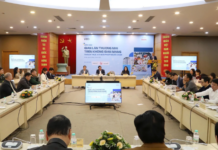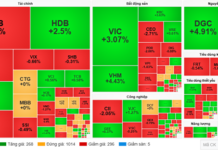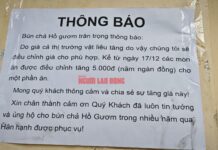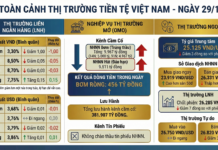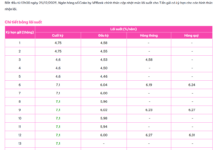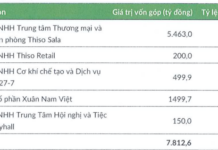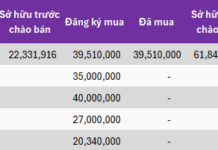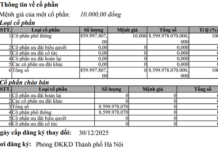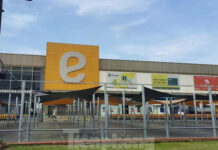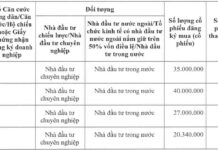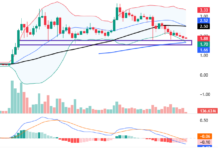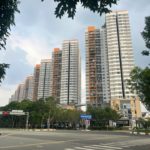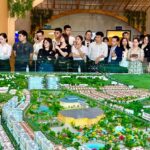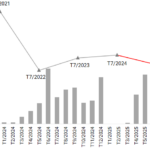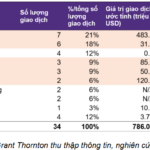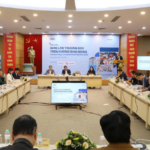The merger of administrative units in Quang Ngai, especially the expansion of its geographical boundaries and those of its neighboring areas, has given the province a new look, pooling resources to develop new urban areas, industrial parks, and tourist attractions. With a population of nearly 1.5 million people and a natural area of over 5,100 km², Quang Ngai is well-positioned to become the new socio-economic hub of Central Vietnam.
The first catalyst for Quang Ngai’s growth is the extensive investment in its highway system, particularly the routes connecting Quang Ngai to Nha Trang and Danang. These highways not only reduce travel time but also facilitate cargo transportation, connecting Quang Ngai to major economic centers such as Danang, Nha Trang, and Ho Chi Minh City. By 2030, Quang Ngai is planned to be part of a strategic transport network, boosting real estate values in areas adjacent to the highways.
Accompanying the highway development is the 5-trillion VND airport project, a collaboration between Sun Group and Quang Ngai Province. This airport is expected to transform Quang Ngai into an international aviation hub, boosting tourism and real estate. Meanwhile, Chu Lai Airport, with the proposed involvement of Vingroup, is being upgraded to accommodate 5 million passengers annually by 2030. This is coupled with plans for a 1,000-hectare airport city, creating a modern urban-aviation ecosystem that will increase real estate values in the surrounding areas.
Quang Ngai is also witnessing a breakthrough in its maritime infrastructure and industrial parks. Dung Quat Port, one of the largest deep-water ports in Central Vietnam, along with industrial parks such as VSIP Quang Ngai and Dung Quat Economic Zone, are attracting significant FDI from Japan, South Korea, and Singapore. These areas are generating employment and driving the demand for housing, commercial centers, and services, fostering the growth of industrial and urban real estate markets.
The presence of international corporations such as Doosan (South Korea) and Hoa Phat Group in the Dung Quat Economic Zone has provided a significant boost to the industrial real estate market, particularly the demand for factories, warehouses, and worker and expert housing. Additionally, with an area of over 1,700 hectares, VSIP Quang Ngai is not only creating jobs but also stimulating the need for housing, commercial centers, and services, thereby propelling the development of the industrial real estate market.
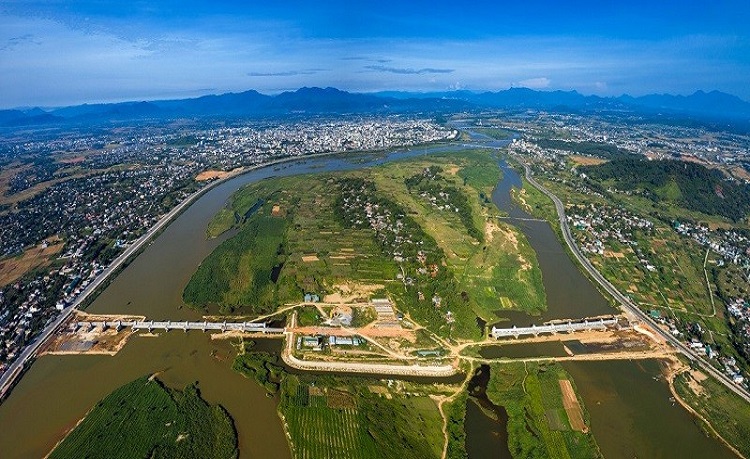
Quang Ngai Province is making daily efforts to improve its investment environment and attract FDI into key sectors.
Speaking about Quang Ngai’s potential after the merger, Mr. Nguyen Xuan Thang, a member of the Politburo and Director of the Ho Chi Minh National Academy of Politics, stated that the unification of Kon Tum and Quang Ngai provinces is part of the region’s and the country’s development strategy to form a new administrative unit with a large enough scale and the potential for a breakthrough, becoming a significant growth pole in the Central-Central Highlands region, providing impetus for the entire region and the country. The new Quang Ngai province, post-merger, will possess a unique dual advantage, combining strategic depth with ecological and economic diversity.
Seizing this opportunity, many businesses are enthusiastically investing in the region. For example, the joint venture between Lam Son Investment and Construction Joint Stock Company and Vietnam Construction and Import-Export Joint Stock Company (VINACONEX) has launched the Starlight Quang Ngai project, comprising 133 shophouses and houses with synchronous and modern infrastructure in the province’s central connecting location. The project boasts superior advantages and promises to create a highlight in the real estate market of the mountainous and coastal region.
Additionally, Quang Ngai is set to welcome a series of large-scale real estate projects. Recently, the Provincial People’s Committee granted investment decisions and approved investors for three projects with a total investment of nearly VND 14,000 billion, including the Coastal Quang Ngai Eco-Urban Area, the Bau Giang Urban Area, and the Messer-Quang Ngai Industrial Gas Plant. Furthermore, the committee also approved the investment policy for the new An Phu Urban Area (Ngoc Island) project in Quang Ngai city, with a total investment of about VND 9,727 billion.
In conclusion, the administrative merger, infrastructure breakthroughs, and the entry of major players like Sun Group and Vingroup have transformed Quang Ngai into a province full of real estate potential. From modern airport cities and seaside resorts to industrial projects, Quang Ngai is emerging as a new destination for investors. With its potential and strong growth prospects, this is an opportune time to invest in Quang Ngai’s real estate market. However, experts also advise investors to thoroughly research the legal, location, and potential aspects of each project to optimize profits.
The Ultimate Guide to the Unprecedented Revelations from the Ministry of Construction: Housing and the Real Estate Market
The Ministry of Construction is committed to enhancing its information system for housing and the real estate market. We are taking significant steps to ensure that 100% of the data is accurate, comprehensive, clean, and dynamic. Our priority is to safeguard the security and confidentiality of this information while making it readily available and adaptable to the digital environment.
The Rebirth of Capital Square Danang
A luxury apartment project, funded by VinaCapital, was initiated nearly two decades ago with a substantial investment of hundreds of millions of dollars, yet it remained largely stagnant. However, when the project changed hands to a Vietnamese owner, it awoke from its slumber, with prices now surpassing 100 million VND per square meter.
The Vietnam M&A Market: A Busy July with 34 Deals Closed
According to data from Grant Thornton, July 2025 saw a total of 34 M&A deals completed in Vietnam, with an impressive estimated value of $786 million. The top 5 sectors leading in terms of deal activity and value were Real Estate, Technology, Energy, Logistics & Infrastructure, and Healthcare.

